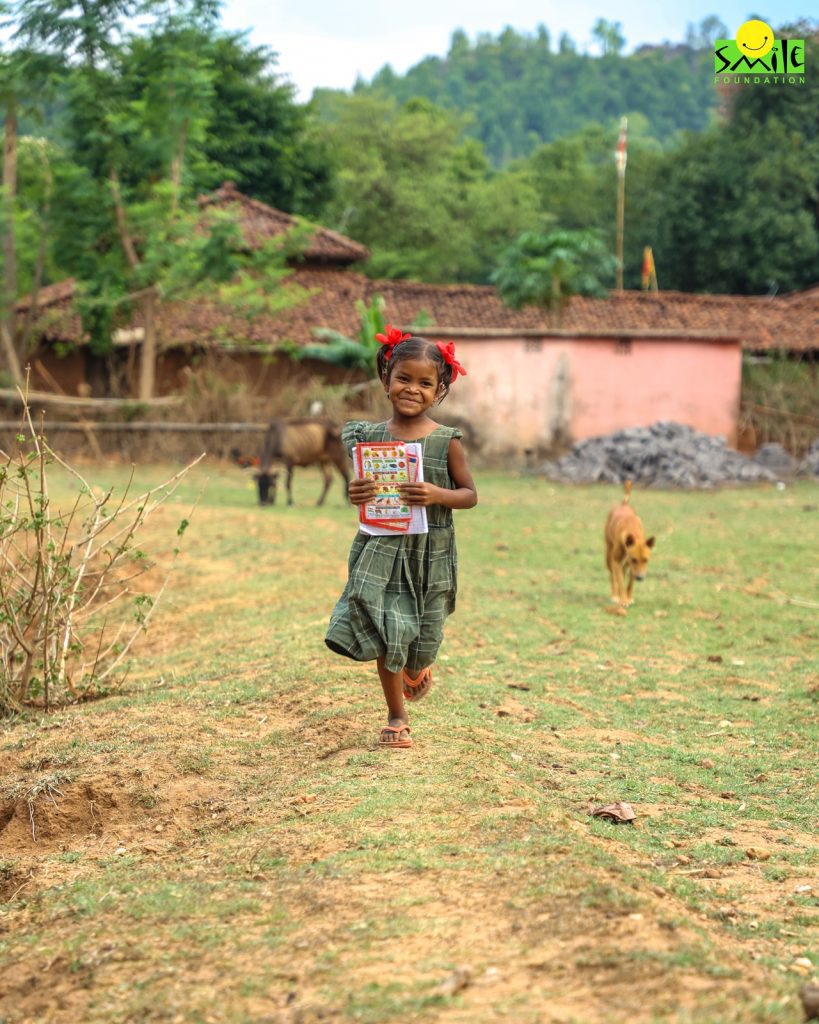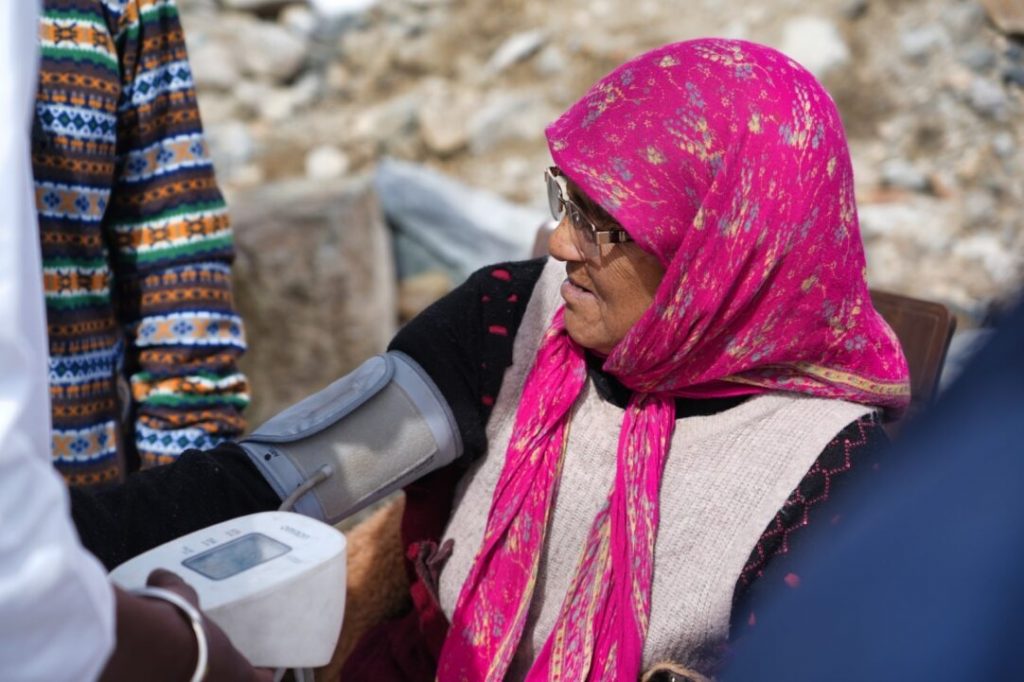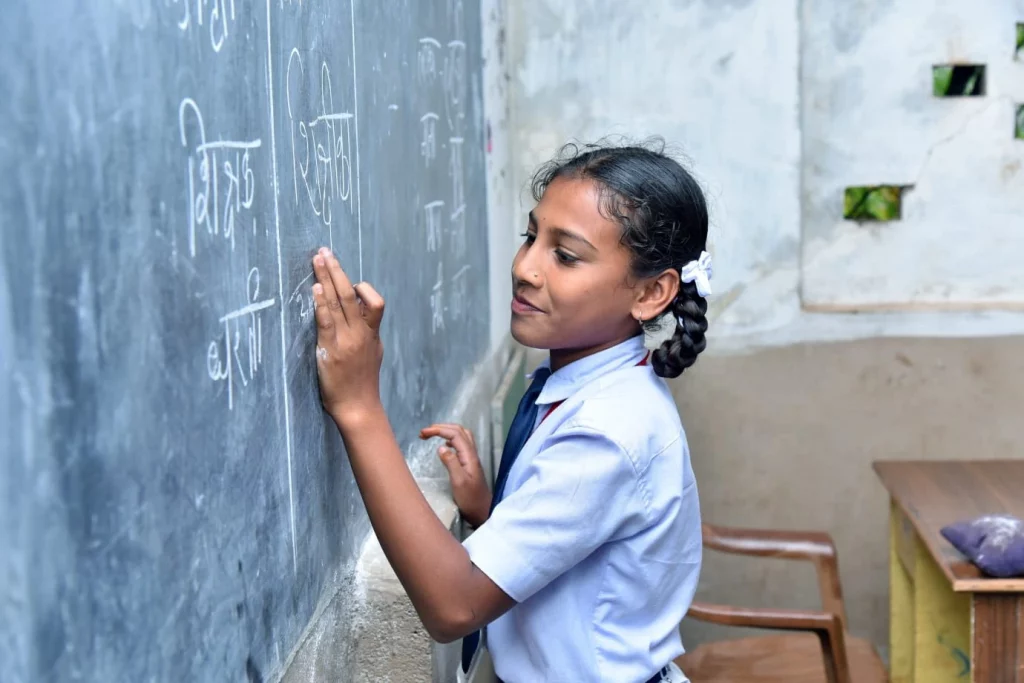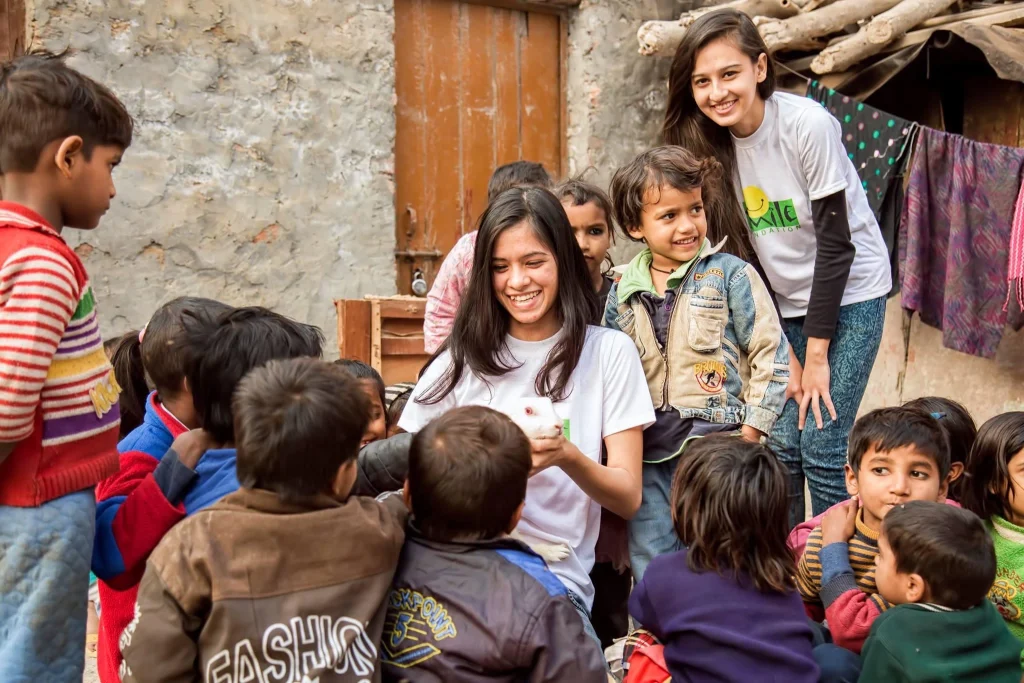In India’s pursuit of becoming a $5 trillion economy, one critical demographic is being systematically overlooked—its adolescents. At the cusp of adulthood, young people between the ages of 13 and 17 are navigating not only education and identity, but increasingly, financial decisions that will shape their futures. Yet, the national discourse on financial literacy in children continues to bypass them.
A nation of more than 600 million people under the age of 25 with financial illiteracy would power entrenching cycles of poverty and preventing upward mobility. To build a resilient, equitable economy, India must start teaching money management not just in business schools or financial advisory offices—but in the classrooms of its public high schools.
Smile Foundation’s recent initiative of Mission Education in Adilabad district, Telangana, supported by the Flipkart Foundation, offers a powerful model. Through an intensive financial literacy campaign across eight government high schools, the project engaged over 3,500 students, 155 teachers, and nearly 7,000 parents.
Financial literacy in children as a development imperative
Financial literacy encompasses more than the ability to budget or understand savings accounts. It is about empowering individuals with the knowledge, confidence, and skills to make sound financial decisions in an increasingly digital and volatile economic landscape. For adolescents, it lays the foundation for informed choices on everything from higher education loans to digital payment tools, and from household budgeting to entrepreneurial ventures.
The World Bank and OECD have long advocated financial literacy as a tool for inclusive growth. In the Global South, where formal financial education is often absent from school curricula, NGOs and CSR-backed interventions become vital. Smile Foundation’s programme in Telangana was one such effort—strategically designed to address the real-life financial challenges rural students face.
The initiative tackled the issue head-on, integrating modules on budgeting, saving, credit scores, digital banking safety, and even cyber-literacy related to social media. What made it stand out was its commitment to contextual relevance. Sessions were designed to reflect the socio-economic realities of tribal and rural youth, rather than transplanting abstract financial theories from urban settings.
From awareness to empowerment: A data-driven change
The scale of transformation this programme achieved in just two months is significant. Baseline data collected from 912 students—about 23% of the total cohort—showed alarmingly low awareness of basic financial concepts. Only 41% of students displayed a working understanding of financial literacy principles.
By the end of the programme, this figure soared to 78%.
Budgeting comprehension jumped from 21% to an astounding 94%. Awareness of the benefits of saving money rose from 39% to 94%, and familiarity with credit scores leaped from a paltry 8% to 89%. Students also reported improved understanding of digital safety: awareness about not sharing OTPs with strangers increased from 86% to 93%.
But perhaps the most transformative metric was behavioural: bank account ownership rose from 52% to 92% across participants—an extraordinary leap toward financial inclusion. These numbers represent students taking their first steps into formal financial systems, often in families with no history of banking.
Interestingly, UPI account ownership dropped slightly—from 16% to 9%. This anomaly, while needing further study, suggests that students may be learning to distinguish between appropriate and inappropriate financial tools based on their own circumstances and digital literacy levels.
Scaling literacy, mobilising equity
What makes this programme replicable and scalable is its hybrid implementation model. While teacher training ensured sustainability, Smile Foundation’s deployment of mobile facilitators brought much-needed flexibility and reach. These trained facilitators delivered sessions and built relationships, offered mentorship, and helped embed financial education into daily school activities.
Moreover, the project’s focus on teacher training (155 teachers received sessions on financial literacy) ensured that the benefits would extend beyond the intervention window. Teachers—often trusted figures in rural communities—can now serve as frontline advocates of financial well-being.
The initiative’s emphasis on gender parity is also worth noting. Girls accounted for nearly 47% of all students trained, and outreach to parents ensured that cultural hesitations around financial decision-making were addressed collectively. In fact, the sessions encouraged students to share their learnings with their parents, amplifying the impact through intergenerational dialogue.
A new frontier for CSR and public education
Flipkart Foundation’s role in underwriting this intervention exemplifies what good corporate social responsibility (CSR) looks like in the 21st century: strategic, outcome-driven, and anchored in community realities.
In a world dominated by fintech innovation, it’s ironic that many of the young users of digital tools know little about how to use them safely or wisely. India is leading the world in digital payments, yet lacks a comprehensive financial literacy curriculum in its public school system.
This is where public-private partnerships like the Smile-Flipkart collaboration can fill critical gaps. With just 2-3 hours of training per student and two rounds of reinforcement sessions, this model has proven that meaningful change doesn’t require a massive overhaul—only commitment, content, and coordination.
Toward a financially literate generation
India is no longer debating whether financial literacy in children is important—the question is how quickly and equitably we can scale it. As adolescents begin to earn, save, and transact digitally, they must be equipped not only with access to financial tools but with the wisdom to use them.
Financial literacy, like health and education, must be seen as a public good. It empowers young people to dream, to save, and to build futures not shaped by chance but by choice.










